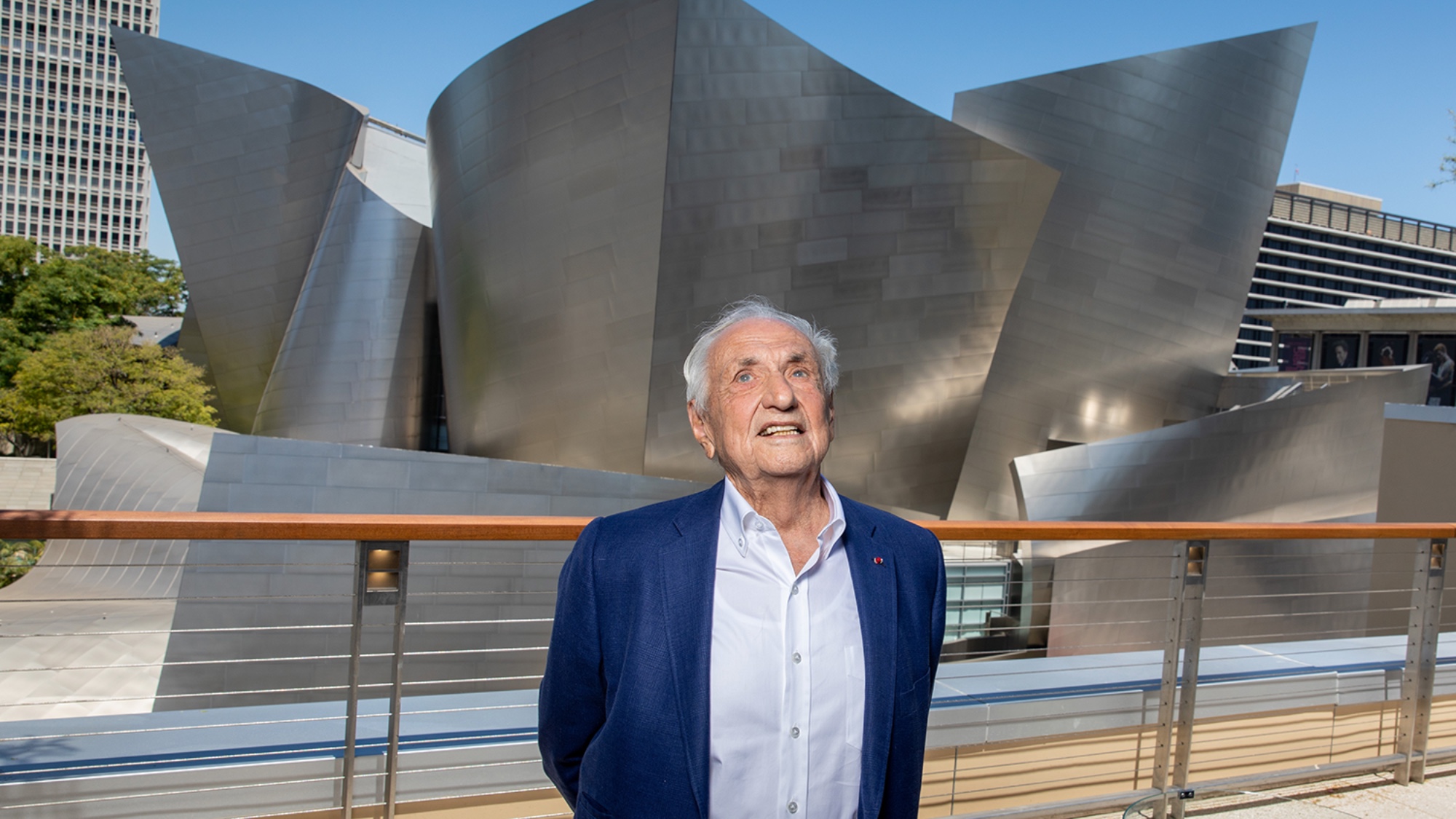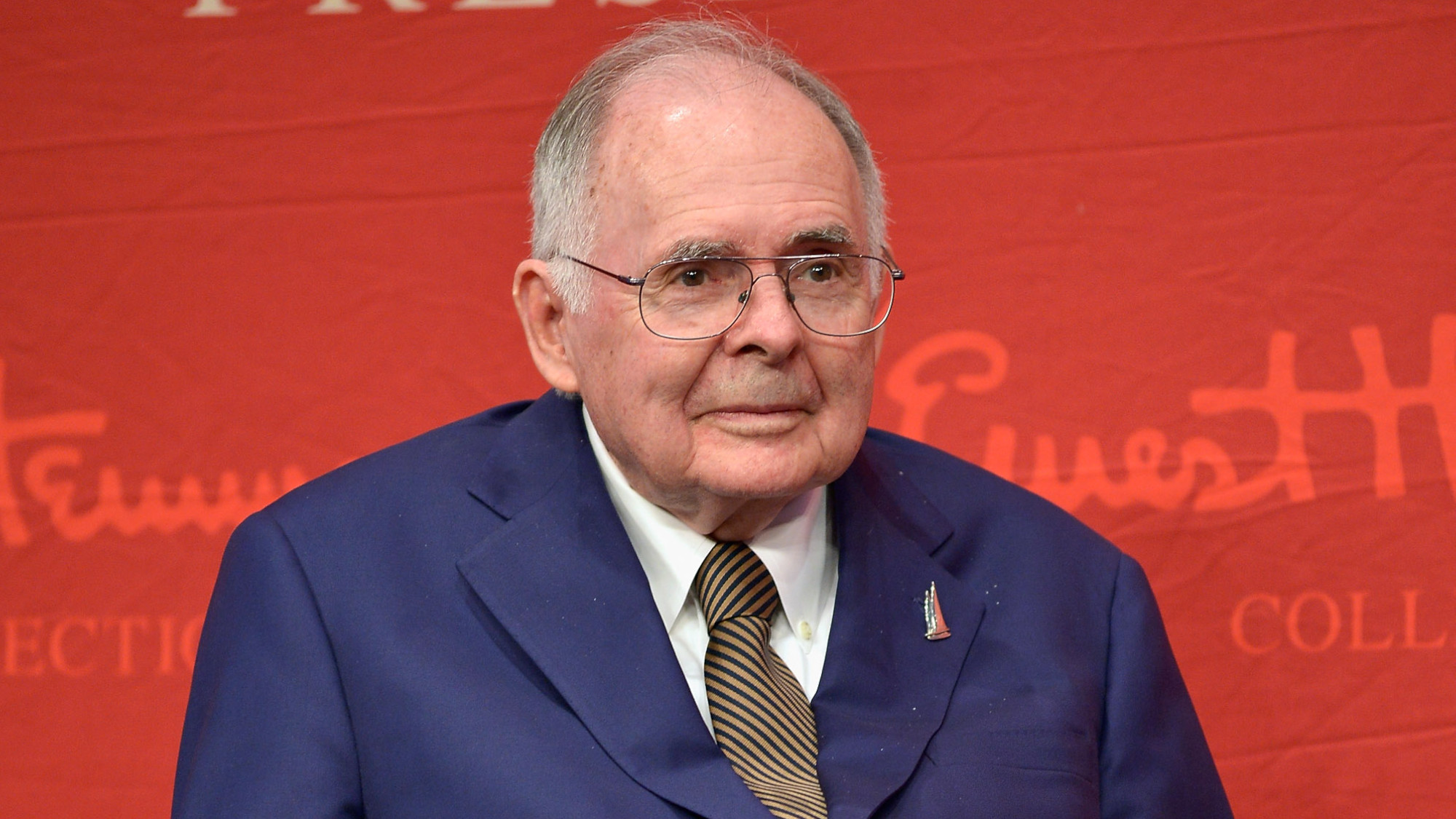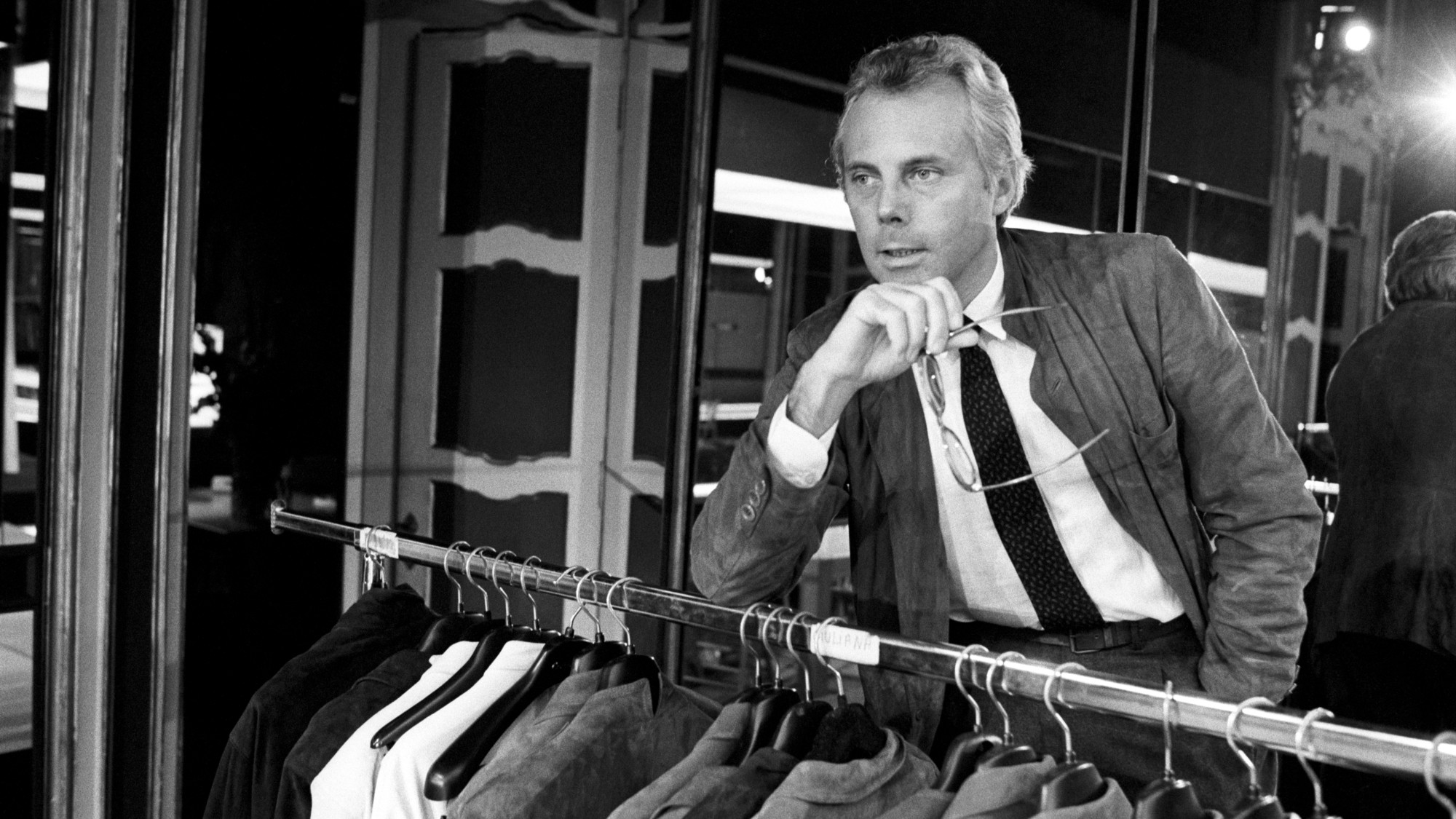Santi Santamaria, 1957–2011
The Spanish chef who denigrated cooking’s avant-garde
In 1981, Santi Santamaria opened a tavern in his hometown of Sant Celoni, near Barcelona. He served cheap, traditional fare like sausage and beans, while avidly studying books by leading French chefs. His studies paid off, and by 1989, his restaurant, El Racó de Can Fabes, had earned its first Michelin star. By 1994, it had attained three stars—a first for a restaurant in Spain’s Catalan region. Santamaria went on to open popular restaurants in Barcelona, Madrid, Dubai, and Singapore. It was in Singapore last week that Santamaria collapsed in the kitchen during a gathering of chefs and food critics.
As word spread of Santamaria’s death, tributes poured in from other chefs, including those with whom Santamaria had feuded, said the London Telegraph. The preferred target of his wrath was fellow Catalan Ferran Adrià, the pioneer of so-called molecular gastronomy. Santamaria accused Adrià of “poisoning” diners with “snob food” that relied on liquid nitrogen and chemical emulsifiers.
The attack touched off a feud that ended only with Santamaria’s death, said the London Independent. Adrià, whose “elaborate” dishes include candy-coated quails’ eggs and cantaloupe “caviar,” lamented that he and Santamaria “didn’t have a chance to reconcile.”
The Week
Escape your echo chamber. Get the facts behind the news, plus analysis from multiple perspectives.

Sign up for The Week's Free Newsletters
From our morning news briefing to a weekly Good News Newsletter, get the best of The Week delivered directly to your inbox.
From our morning news briefing to a weekly Good News Newsletter, get the best of The Week delivered directly to your inbox.
They might have made peace over a plate of wild mushroom flan or crème brûlée of spider crab with caviar, said Agence France-Presse. Santamaria insisted on working with fresh local food, all of it cooked and served using traditional techniques. “To leave us in his kitchen was a beautiful way for him to leave us,” said Parisian chef Guy Savoy.
A free daily email with the biggest news stories of the day – and the best features from TheWeek.com
-
 ‘Care fractures after birth’
‘Care fractures after birth’instant opinion Opinion, comment and editorials of the day
-
 Shots fired in the US-EU war over digital censorship
Shots fired in the US-EU war over digital censorshipIN THE SPOTLIGHT The Trump administration risks opening a dangerous new front in the battle of real-world consequences for online action
-
 What will the US economy look like in 2026?
What will the US economy look like in 2026?Today’s Big Question Wall Street is bullish, but uncertain
-
 Joanna Trollope: novelist who had a No. 1 bestseller with The Rector’s Wife
Joanna Trollope: novelist who had a No. 1 bestseller with The Rector’s WifeIn the Spotlight Trollope found fame with intelligent novels about the dramas and dilemmas of modern women
-
 Frank Gehry: the architect who made buildings flow like water
Frank Gehry: the architect who made buildings flow like waterFeature The revered building master died at the age of 96
-
 R&B singer D’Angelo
R&B singer D’AngeloFeature A reclusive visionary who transformed the genre
-
 Kiss guitarist Ace Frehley
Kiss guitarist Ace FrehleyFeature The rocker who shot fireworks from his guitar
-
 Robert Redford: the Hollywood icon who founded the Sundance Film Festival
Robert Redford: the Hollywood icon who founded the Sundance Film FestivalFeature Redford’s most lasting influence may have been as the man who ‘invigorated American independent cinema’ through Sundance
-
 Patrick Hemingway: The Hemingway son who tended to his father’s legacy
Patrick Hemingway: The Hemingway son who tended to his father’s legacyFeature He was comfortable in the shadow of his famous father, Ernest Hemingway
-
 Giorgio Armani obituary: designer revolutionised the business of fashion
Giorgio Armani obituary: designer revolutionised the business of fashionIn the Spotlight ‘King Giorgio’ came from humble beginnings to become a titan of the fashion industry and redefine 20th-century clothing
-
 Ozzy Osbourne obituary: heavy metal wildman and lovable reality TV dad
Ozzy Osbourne obituary: heavy metal wildman and lovable reality TV dadIn the Spotlight For Osbourne, metal was 'not the music of hell but rather the music of Earth, not a fantasy but a survival guide'